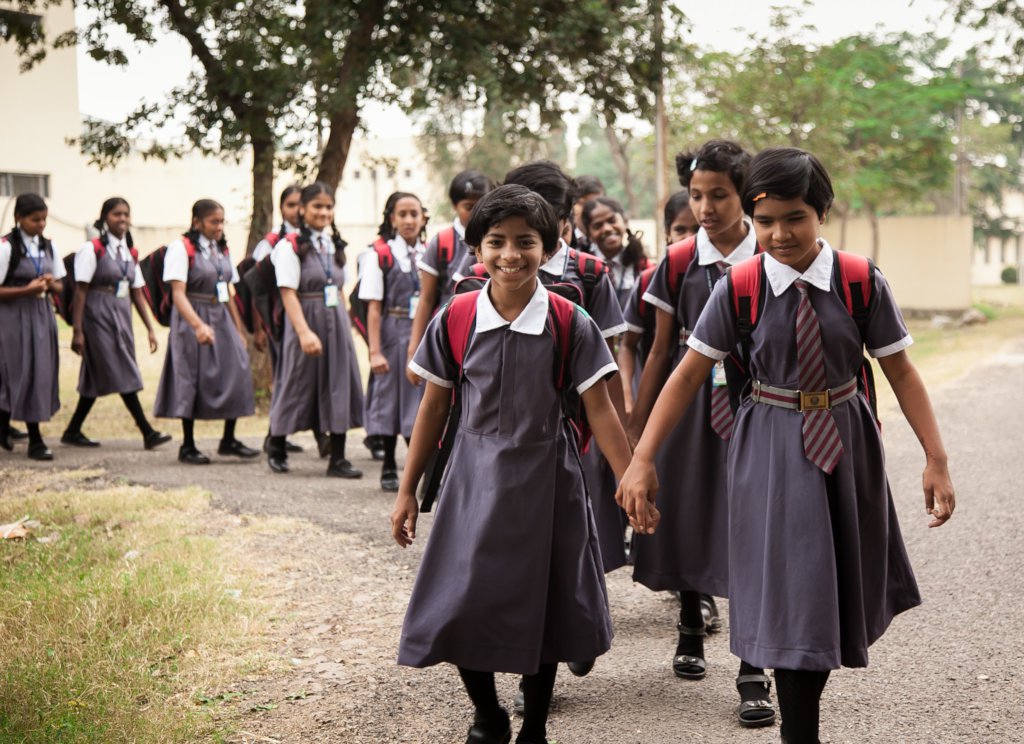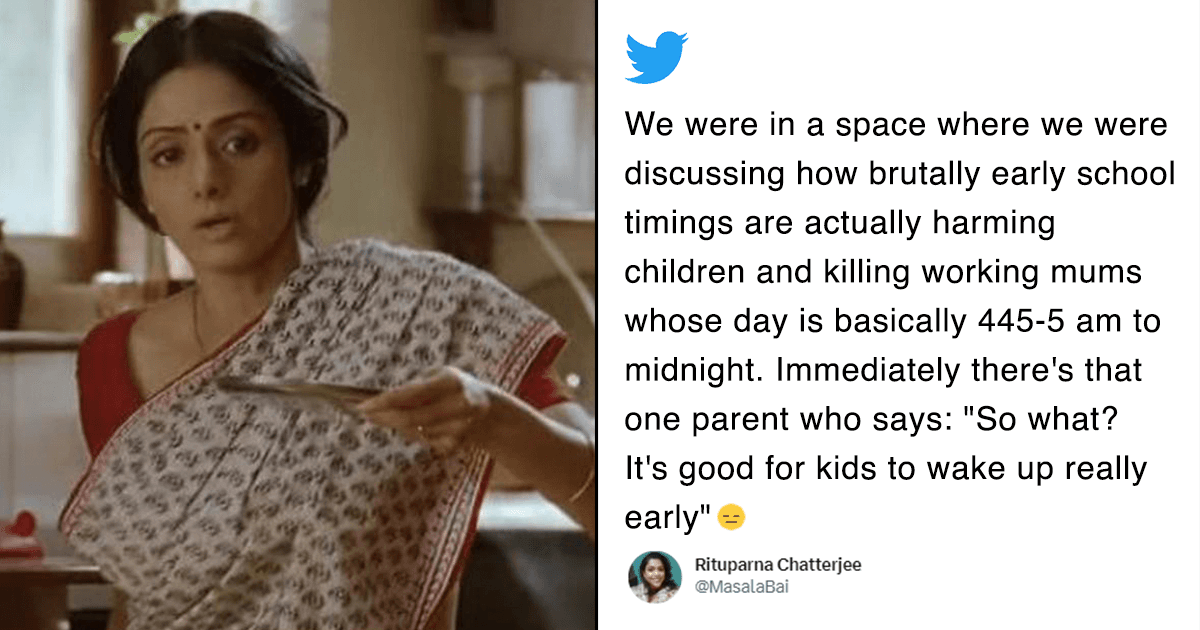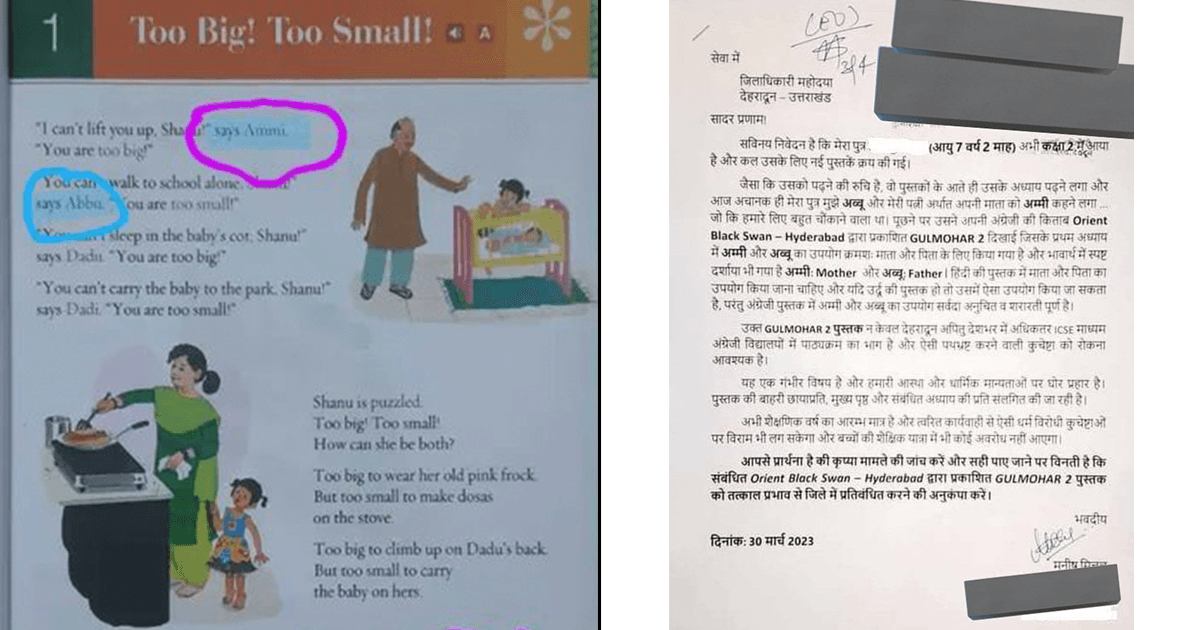Believe it or not, uniforms actually do serve a purpose. Historically, they were issued to bridge the socio-economic divide in educational institutions and help instil a greater sense of belonging, identification and school pride. Unfortunately, as time progressed, dress codes were weaponized into a patriarchal modus operandi that seems to serve one sole purpose: policing female bodies.

Once a marker of homogeneity effectuated to neutralize class differences, clothing policies have been institutionalized into a propaganda tool that ironically widens another gap, the gender gap. They perpetuate a harmful mindset that glorifies misogyny, sexualises underage schoolgirls and fortifies the male gaze.

One can’t turn a blind eye to the double standard sewed into the hemlines of school skirts. From the braids on their head to the socks on their feet, female dress codes serve an entirely different purpose than their male counterparts. If a girl’s skirt rises above a certain length, it is no longer a violation of the code of conduct but a direct threat to society’s urge for female submissiveness concealed within notions of modesty and morality. Uniforms for girls is intricately designed in a way to limit the physical expression of their womanhood which is immediately sexualised, irrespective of age. They are more about obstructing the female form to protect boys from arousal, distraction and provocation than unifying children under an umbrella of education.
Picture this scenario: you’re in line for a routine uniform check. The guy in front of you has his inner vest visibly protruding from underneath his white shirt. He is cleared. Now it’s your turn, and much like the guy ahead of you a fragment of your bra is visible. You’re derogated and reprimanded for enticing the men around you. You are 15. Sounds familiar? Such is the case in educational institutions across the nation.

As such, uniforms are inversely proportional to the cause they’re meant to serve – unity. It further imprints an opposition of the sexes in the impressionable, young minds of children, reinstating the philosophy that female bodies are inherently sexual and exist to serve men. If this frame of mind goes unchecked, it develops into behaviour that later on objectifies and harasses women. It also compels young girls into culturally embracing a toxic ideology that teaches them to be ashamed of their bodies, resorting to covering them in defence.

The more this practice is normalised, the adverse effects it will have on our nation’s women. If we want to spark change, we need to initiate it on the grassroots level. School uniforms are a fundamental start.

















